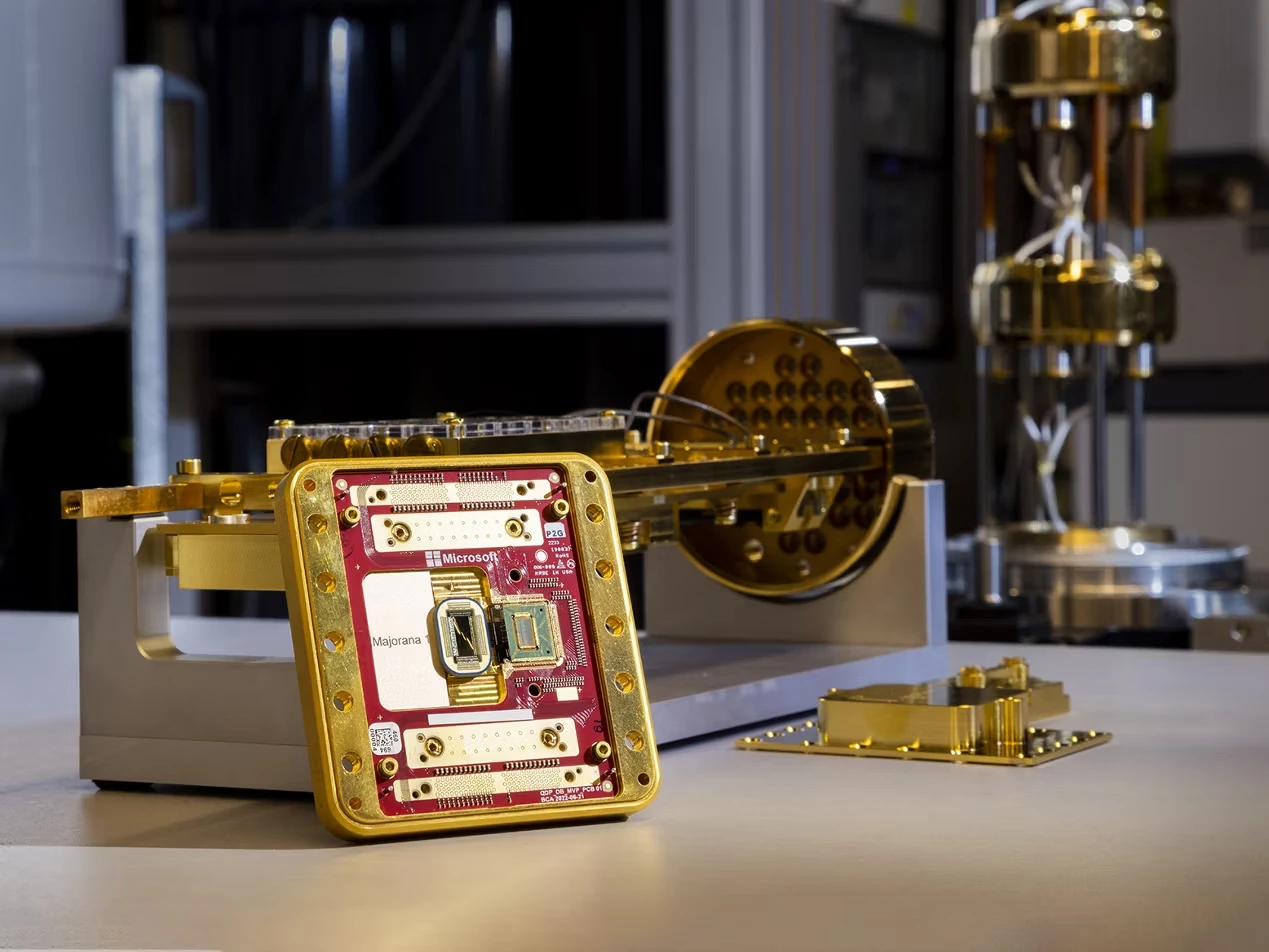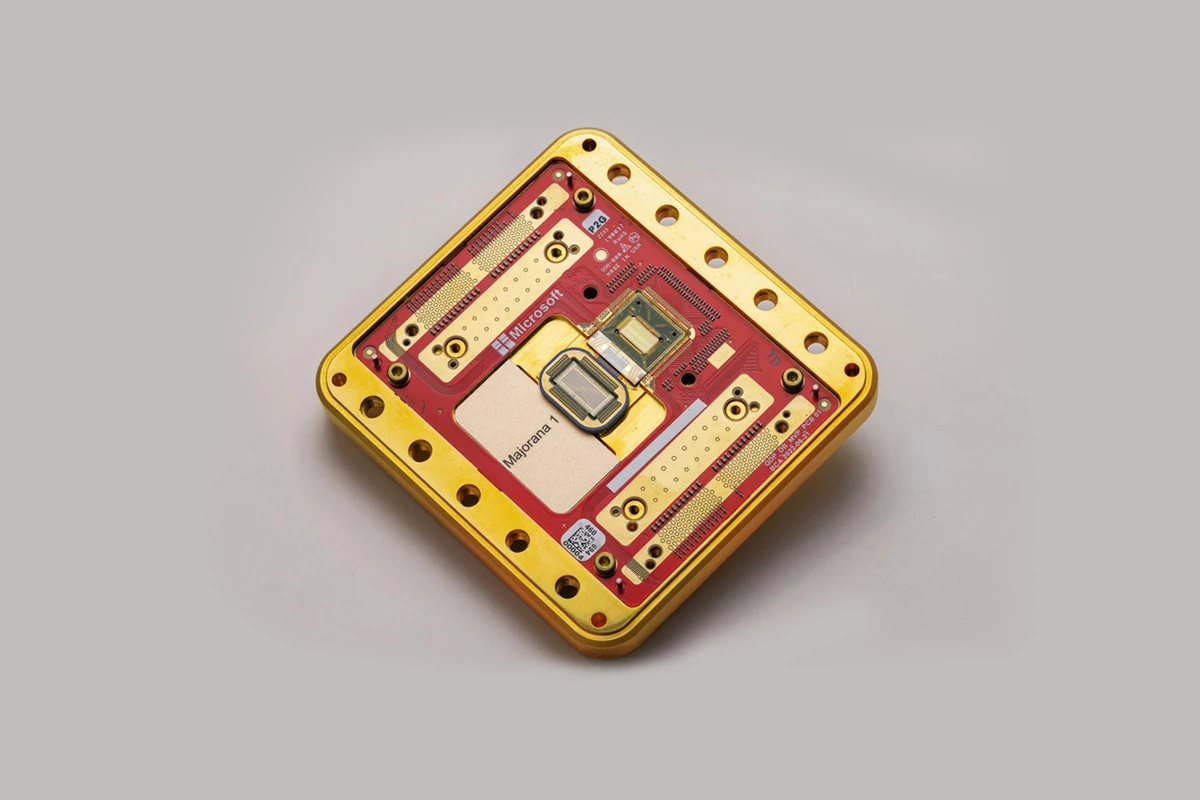Microsoft says it's made a major breakthrough in quantum computing capabilities with the Majorana 1, its first quantum chip, and the first of its kind to be powered by what are called topological qubits.
What's this new chip all about?
First off, the palm-sized processor has eight qubits at its core. These qubits are made from a new class of materials called 'topoconductors,' and they're said to be awfully small – about 1/100th of a millimeter each. They're also fast and can be digitally controlled, which means a large number of them can be more easily managed than in other quantum computers.
Microsoft is also excited about the possibility of fitting up to a million qubits onto this processor. At that milestone, you could expect a quantum computer to operate reliably, i.e. with enough error correction, to begin tackling real problems that surpass the capabilities of today's classical computers.
That includes challenges like simulating complex molecules for drug development, optimizing chemical reactions for more efficient fertilizer production (which currently accounts for 5% of all greenhouse gas emissions worldwide), modeling new materials for better batteries or solar cells, and running complex financial calculations to address macroeconomic issues.
The processor isn't commercially available, of course, and will likely only be used for evaluation, simulations, and developing future chips.
How did Microsoft make this?
Perhaps the most interesting part of Microsoft's announcement is about how it got here. The company says this is one of it's longest-running research projects, and it's been 17 years in the making – with an even longer history of theoretical physics that's now been realized.
Back in 1937, Italian physicist Ettore Majorana described a subatomic particle named a Majorana fermion with a unique quantum mechanical state that's resistant to local disturbances. This property made the particle an ideal candidate for building stable qubits for quantum computing, as they'd produce fewer errors.
Microsoft says it managed to observe these particles last year, and has now been able to harness them for practical applications in its chip-building process. Specifically, the company uses Majorana Zero Modes (MZM), which are quasiparticles that exist at the ends of topological superconducting nanowires made from 'topoconductors,' as the building blocks for the qubits in this processor.

These 'topoconductors' are a new type of material, which exhibit a whole new state of matter – different from solid, liquid, and gaseous states. In this case, indium arsenide (a semiconductor) and aluminum (a superconductor) are combined, cooled to near absolute zero and tuned with magnetic fields to achieve the state known as topological superconductivity.
This is also where the materials form topological superconducting nanowires with MZM at the wires’ ends. These MZM store quantum information, and share an unpaired electron between them. That makes them invisible to outside interference, protecting the quantum information and allowing for stable operation of a quantum computer.
Naturally, Microsoft isn't done yet. As with other companies building quantum computing tech – like Google – the firm is keen to pack a million qubits into a single processor so it can actually take on complex challenges. That may likely be just years away from now, not decades as we've previously expected.
Source: Microsoft




